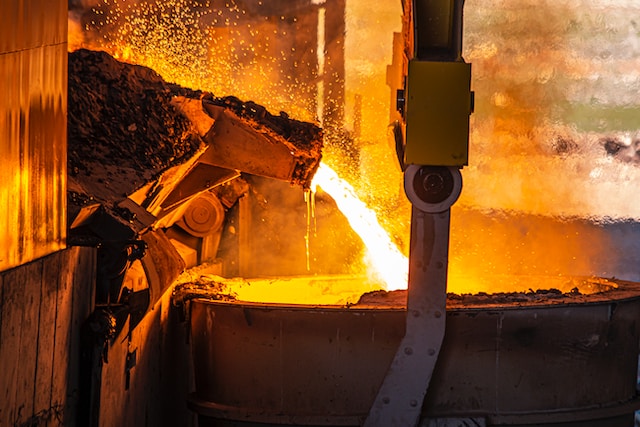Conducting Inventory Inspections in Trade with Chinese Steel Traders
Carrying out inventory inspections in the trade with Chinese steel traders is a crucial step to ensure the accuracy and quality of the goods involved. Below are the steps to successfully conduct an inventory inspection:
Step 1
Plan the Inspection Initiate communication with the Chinese seller or their representative to arrange a suitable time and location for the inventory inspection. Establish a mutually convenient schedule that accommodates both parties.
Step 2
Define Inspection Scope Clearly outline the scope of the inspection, specifying the steel products to be assessed, the quantities involved, and any particular requirements or parameters to be examined. This ensures a shared understanding of the inspection objectives.
Step 3
Engage an Independent Inspector Consider enlisting the services of an independent inspection agency or a qualified third-party inspector with expertise in steel inspections. Independent inspectors provide unbiased evaluations, promoting fairness throughout the process.
Step 4
Review Documentation Prior to the inspection, thoroughly review all pertinent documentation, including packing lists, shipping documents, and purchase orders. Familiarize yourself with the expected quantity, quality standards, and any specific contractual requirements.
Step 5
Perform Visual Inspection Commence the inspection by visually assessing the goods. Look for visible damage, discrepancies in packaging, or any signs of tampering. If necessary, capture photographic or video evidence to support the inspection findings.
Step 6
Check Quantity Physically count the steel products to verify their quantity. Cross-reference the actual count with the quantities listed in the documentation, such as packing lists or invoices. Document any discrepancies or variances discovered.
Step 7
Assess Quality Inspect the quality of the steel products according to the agreed-upon standards. This may entail examining defects, dimensional measurements, surface finish, or any other quality criteria specified in the contract. Utilize appropriate tools and equipment as needed.
Step 8
Conduct Sampling and Testing In cases where it is necessary, collect representative samples from the inventory for laboratory testing or analysis. This is particularly important for validating compliance with specific quality parameters or standards.
Step 9
Document Findings Record the inspection findings in a comprehensive report. Include details about the inspection process, the observed quantity, quality assessments, and any discrepancies or non-conformities identified. Attach supporting photographs, test reports, or relevant documents.
Step 10
Address Discrepancies If any discrepancies or non-conformities are detected during the inspection, promptly communicate them to the seller or their representative. Engage in discussions to clarify concerns and determine appropriate resolutions or actions to be taken.
Step 11
Finalize Inspection Report Prepare a final inspection report summarizing all the findings, observations, and conclusions of the inventory inspection. Share this report with the Chinese seller and retain a copy for your records.
Throughout the inspection process, prioritize clear communication and maintain a cooperative approach. Ensure that the inspection adheres to all relevant industry standards, contractual obligations, and local regulations. By following these steps diligently, both parties can ensure a successful and fair inventory inspection in the trade with Chinese steel traders.







